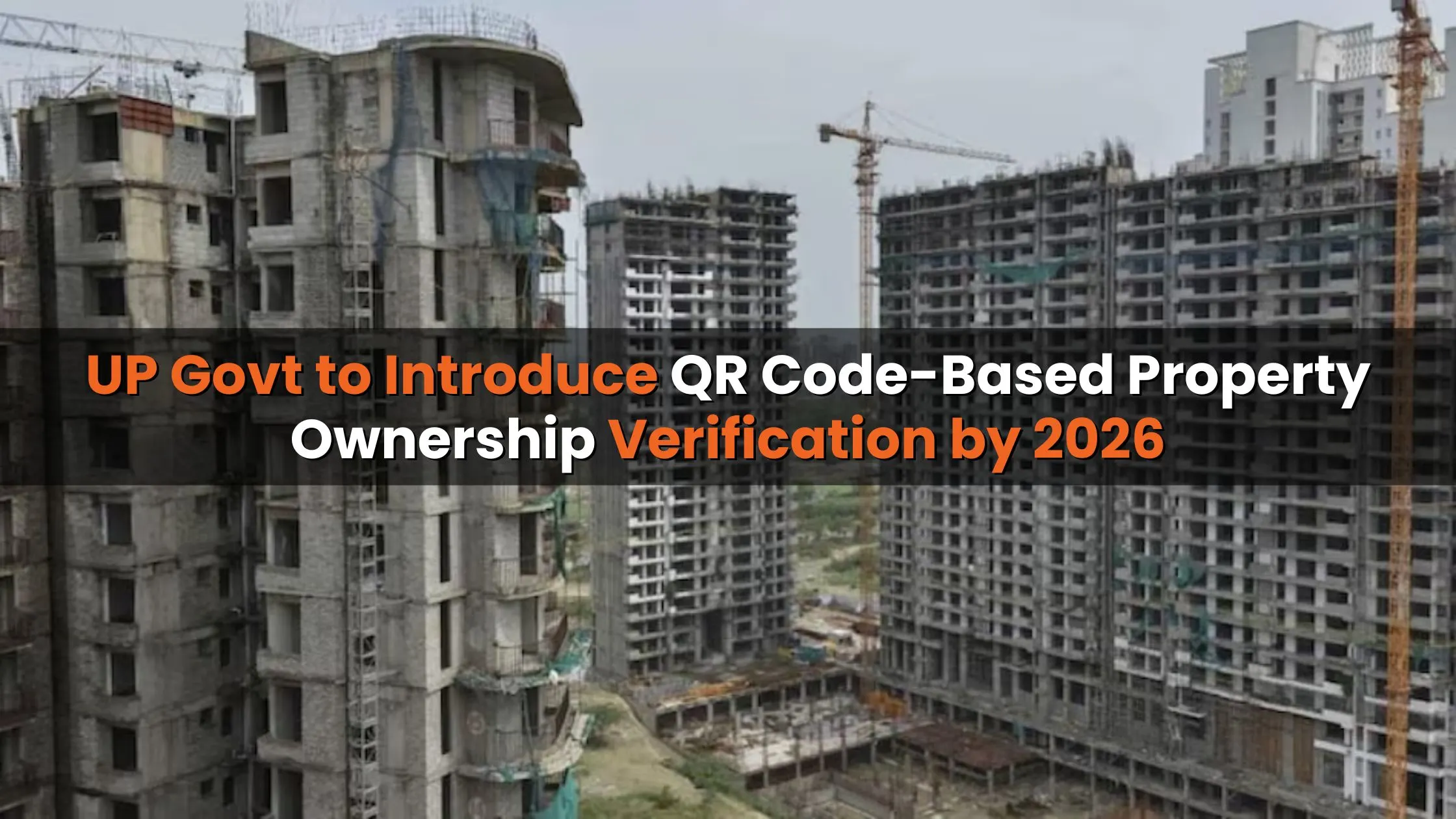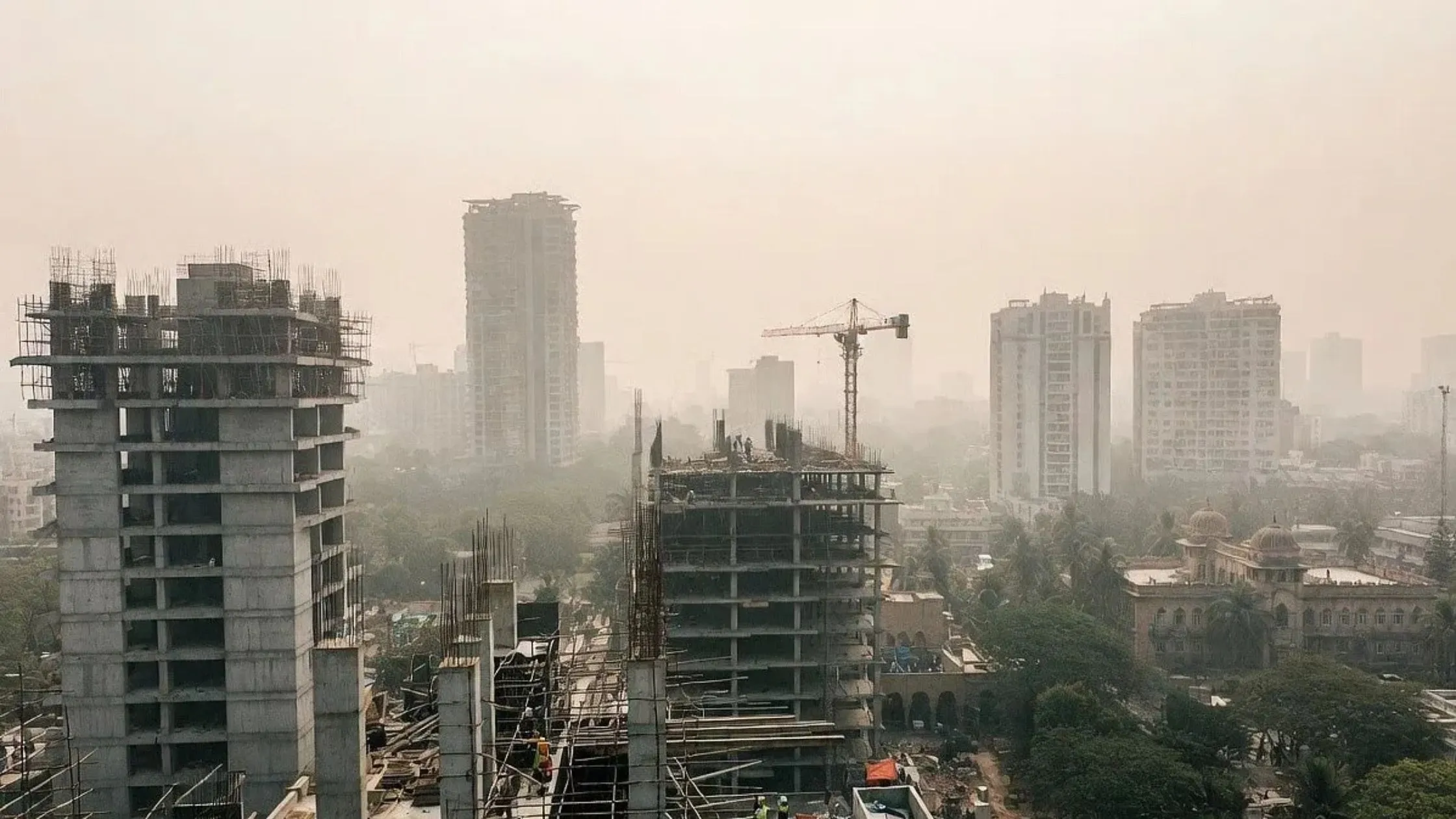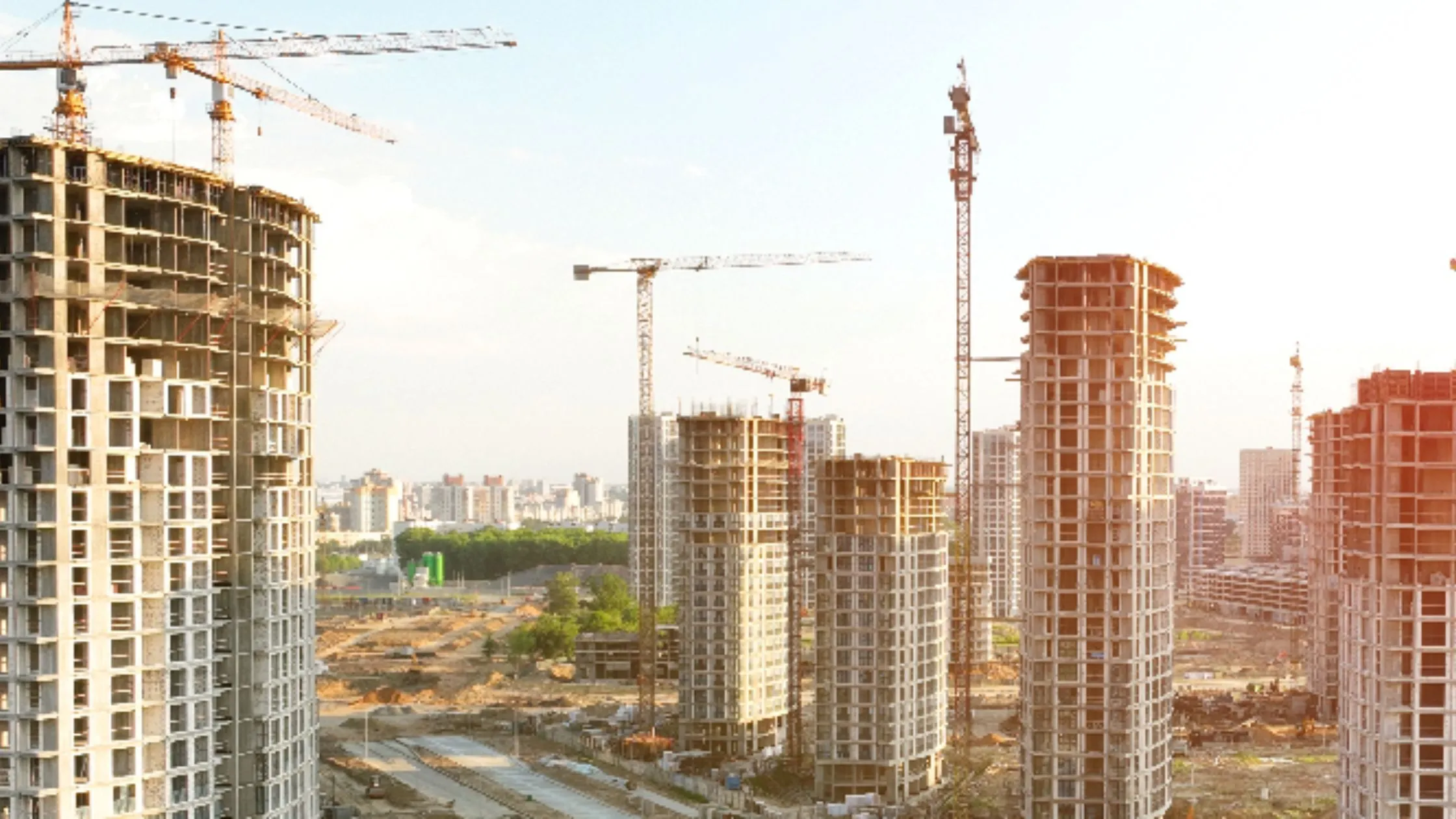Table of Content
- QR Code-Based Verification for Property – What It Means
- Integration of Land Records and Instant Title Updates
- Reforms to Simplify Rent Agreements and Family Settlements
- Modernizing Registration Offices like Passport Seva Kendras
- Stamp Paper ATMs and Other Citizen-Centric Reforms
- Stamp Duty Rebate and Women-Centric Benefits
- Revenue Strategy and Simplification of Stamp Duty Rules
- Expected Impact of QR Code-Based Verification for Property
- Conclusion
The Uttar Pradesh (UP) government is taking a big step toward modernizing its property registration system under its ambitious Vision 2047 plan. One of the most significant reforms announced is the upcoming QR code-based verification for property ownership. This digital initiative is aimed at making property transactions faster, transparent, and fraud-proof, ultimately boosting buyer confidence in the state’s real estate market.
QR Code-Based Verification for Property – What It Means
The proposed system will allow every registered property to have a unique QR code linked to official land records. Homebuyers or investors can simply scan the code to verify ownership details, check transaction history, and confirm if the seller is legally entitled to sell the property.
According to UP Minister Ravindra Jaiswal, historical property data will be available online within six months, allowing buyers to access complete title information in real-time. This initiative is designed to protect buyers from fraudulent deals and streamline the verification process.
Also Read: PM Modi to Inaugurate Kolkata Metro Corridors: What It Means for Real Estate Markets
Integration of Land Records and Instant Title Updates
Currently, it takes nearly 35–40 days after property registration for a buyer’s name to reflect in revenue records. To fix this delay, the UP government plans to integrate land registry data with the revenue department for instant updates.
Under the new system, revenue officials will be stationed directly at registration offices to cross-verify records before completing any transaction. Once a deal is registered, the buyer’s name will immediately appear in the revenue records, granting them instant ownership rights.
Reforms to Simplify Rent Agreements and Family Settlements
Another major reform involves simplifying rental agreements. At present, high stamp duty charges discourage landlords from registering tenancy agreements legally. To fix this, the government plans to introduce a nominal fixed registration fee of ₹500–₹1,000, encouraging more landlords and tenants to formalize their agreements.
Similarly, the state also aims to simplify family property settlements. Disputes over inheritance often drag on for years. The government intends to allow property settlements covering up to four generations for a fixed fee of ₹5,000, reducing litigation and ensuring clarity in ownership.
Modernizing Registration Offices like Passport Seva Kendras
To handle the rising number of registrations which have grown from 16 lakh annually in 2017–18 to nearly 50 lakh today — the government plans to modernize property registration offices.
These offices will be revamped on the lines of Passport Seva Kendras, featuring air-conditioned halls, modern furniture, help desks, and token-based appointment systems. The idea is to create a more user-friendly and professional environment for property buyers and sellers.
Stamp Paper ATMs and Other Citizen-Centric Reforms
To make property-related transactions even more convenient, the UP government will soon roll out ATMs for commonly used stamp papers of ₹10, ₹20, ₹50, and ₹100 denominations. Currently, these account for nearly ₹800 crore in annual sales.
The new ATMs will allow citizens to obtain stamp papers instantly, similar to withdrawing cash from bank ATMs. This initiative will save time and reduce the need to visit registration offices for routine requirements.
Stamp Duty Rebate and Women-Centric Benefits
As part of its efforts to empower women, the UP government has introduced a 1% stamp duty rebate for women buying properties worth up to ₹1 crore.
For instance, a woman purchasing a property worth ₹1 crore can save ₹1 lakh instantly. This incentive is expected to encourage more women to invest in real estate and achieve financial independence.
Revenue Strategy and Simplification of Stamp Duty Rules
Minister Jaiswal has clarified that the government does not plan to increase circle rates merely to generate revenue. Instead, the focus is on simplifying transactions and making property ownership more accessible.
Currently, there are 42 parameters used for calculating stamp duty, which often leads to confusion and disputes. The government plans to reduce these parameters to around 18–20, making the process simpler and more transparent. Additionally, verification of land use will be completed within three months of purchase to avoid unnecessary delays.
Also Read: GST Reforms: Can the New Structure Make Homes More Affordable?
Expected Impact of QR Code-Based Verification for Property
The implementation of QR code-based property verification is expected to transform real estate transactions in Uttar Pradesh. Some key benefits include:
- Enhanced Transparency: Buyers can verify ownership history instantly.
- Fraud Prevention: Scannable QR codes reduce the chances of illegal property sales.
- Boost in Buyer Confidence: Easier and faster verification will attract more homebuyers.
- Support for Vision 2047 Goals: Aligns with the state’s larger mission to digitize and modernize governance.
Conclusion
The UP government’s plan for QR code-based verification for property marks a milestone in India’s real estate digitization journey. By integrating land records, modernizing registration offices, and reducing legal complexities, these reforms aim to make property ownership in UP more transparent, efficient, and secure.
If implemented effectively, these measures will not only safeguard buyers but also contribute to a healthier, fraud-free real estate ecosystem while supporting the state’s Vision 2047 agenda.
Follow AquireAcers Whatsapp Channel to Stay Updated With The Latest Real Estate News




_1766473246.webp)


Ans 1. It’s a digital initiative where every registered property will get a unique QR code linked to official land records. By scanning the code, buyers can instantly verify ownership details, transaction history, and confirm if the seller has the legal right to sell the property.
Ans 2. The UP government plans to roll out the system by 2026. Historical property data is expected to go online within the next six months, enabling buyers to access title information in real time.
Ans 3. Since the QR code will directly pull verified data from government records, it will be much harder for fraudulent sellers to falsify ownership documents or sell disputed properties.
Ans 4. Currently, it takes over a month for a buyer’s name to reflect in revenue records after registration. With integrated land registry and revenue data, the update will happen instantly at the time of registration.
Ans 5. Key reforms include nominal fixed fees for rental agreements and family property settlements, modernized registration offices modeled on Passport Seva Kendras, ATMs for commonly used stamp papers, and a 1% stamp duty rebate for women buyers on properties up to ₹1 crore.
Ans 6. The offices will have air-conditioned halls, modern seating, help desks, and token-based systems to provide a professional and user-friendly experience for citizens.
Ans 7. They will allow people to buy commonly used stamp papers instantly, like withdrawing cash from an ATM, reducing queues and saving time for routine transactions.
Ans 8. No. The government has clarified that it will focus on simplifying stamp duty calculations and reducing parameters from 42 to about 18–20, rather than raising circle rates.
Ans 9. Women buyers get a 1% rebate on stamp duty for properties valued up to ₹1 crore, helping them save money and encouraging more women to invest in real estate.
Ans 10. They will make property transactions in UP more transparent, fast, and fraud-proof, boost buyer confidence, and support the state’s Vision 2047 goal of digitizing and modernizing governance.